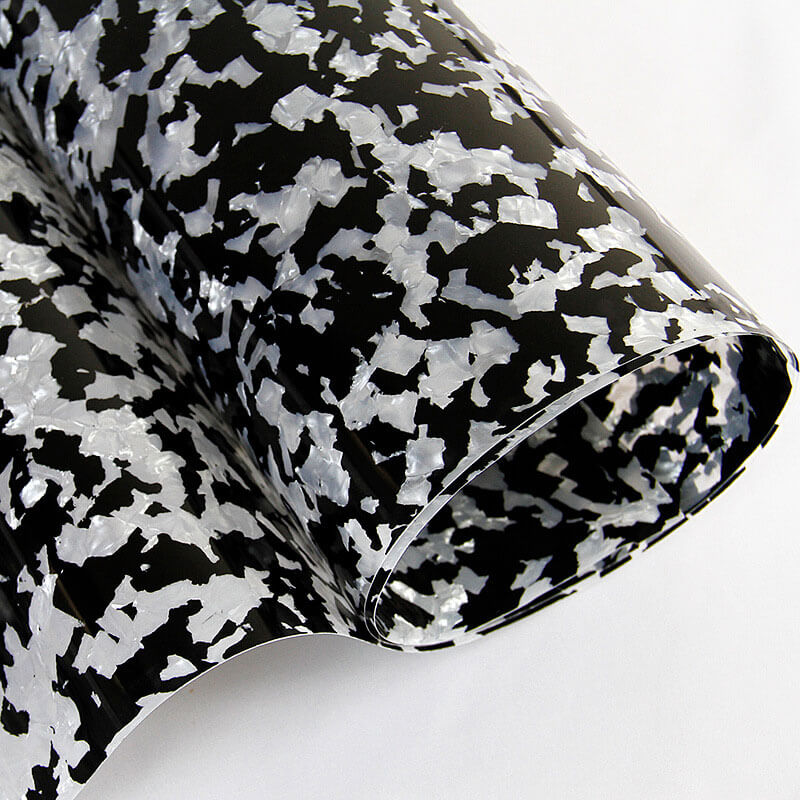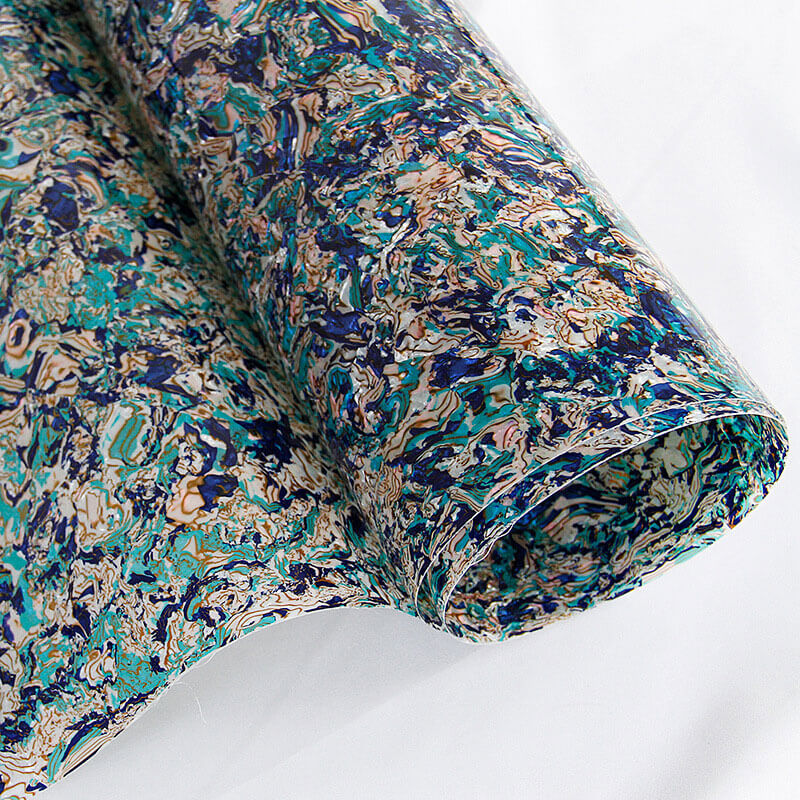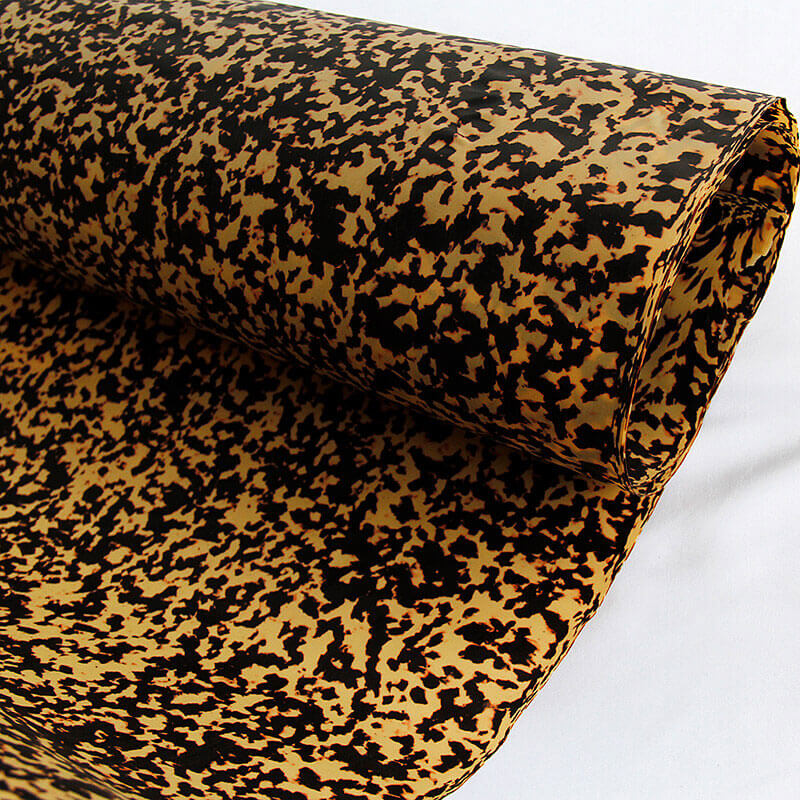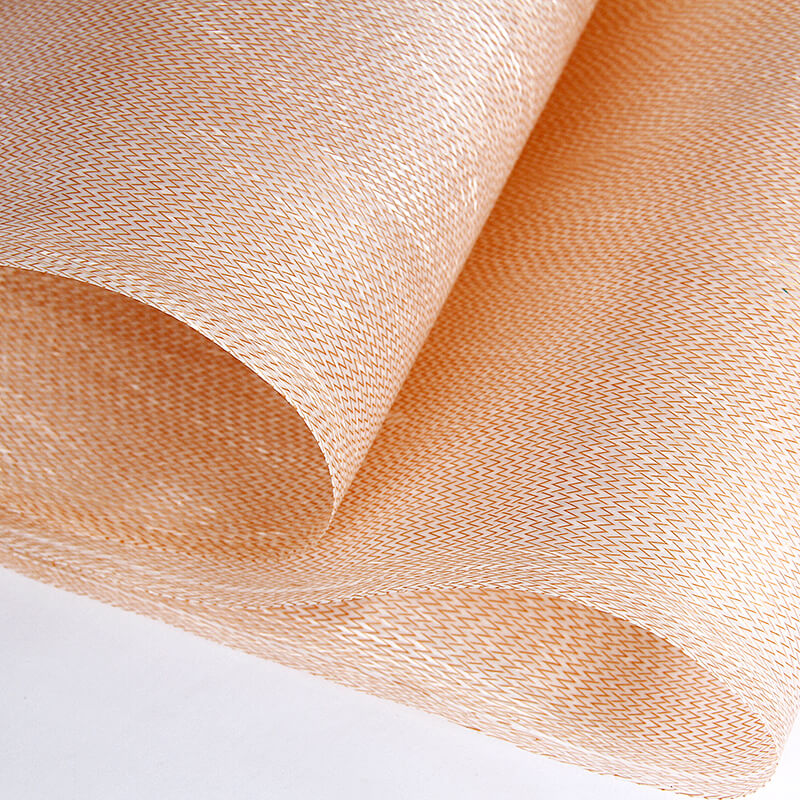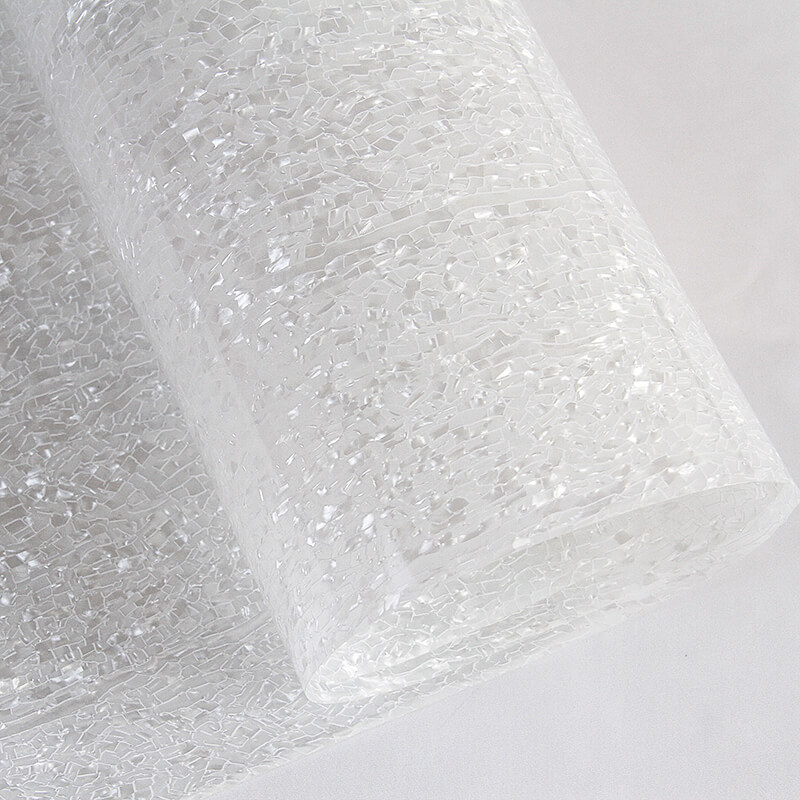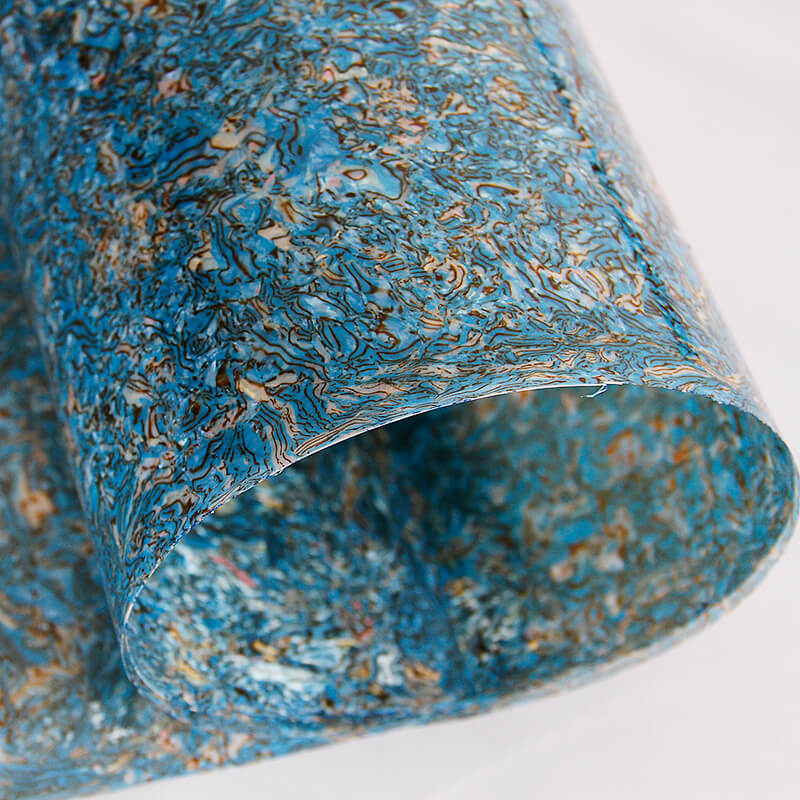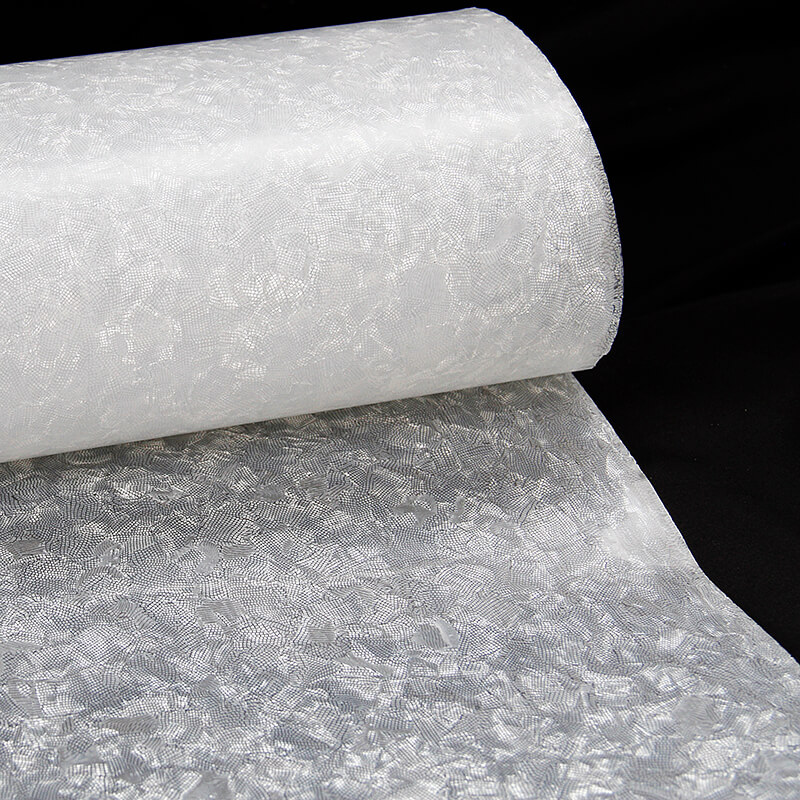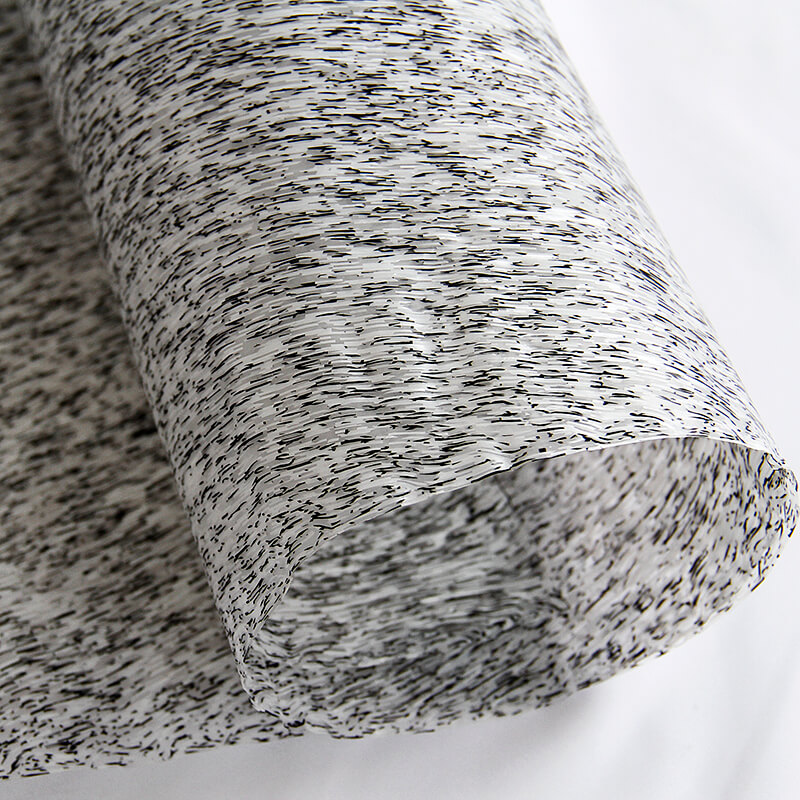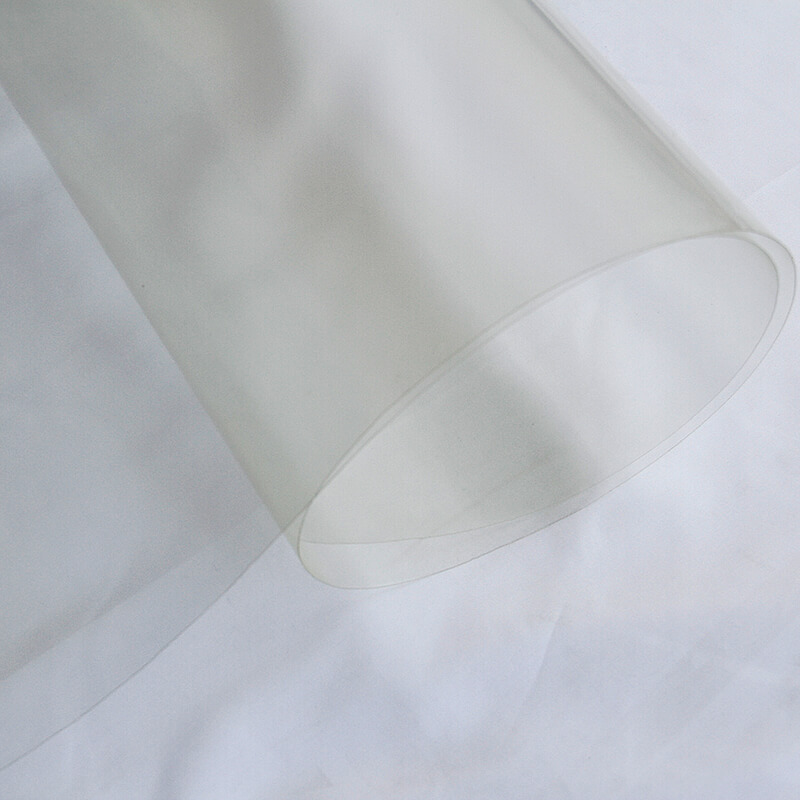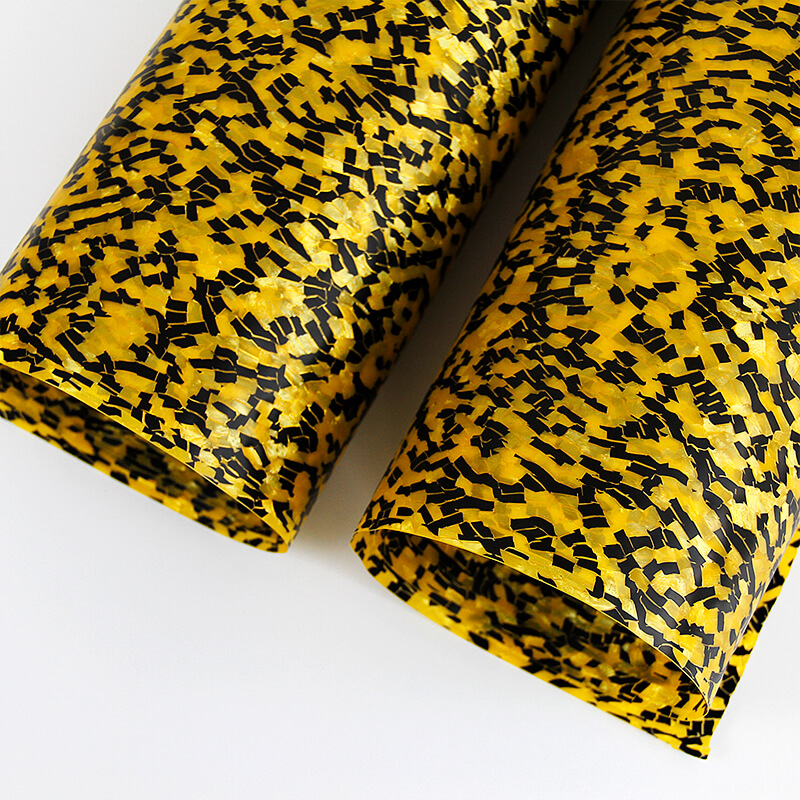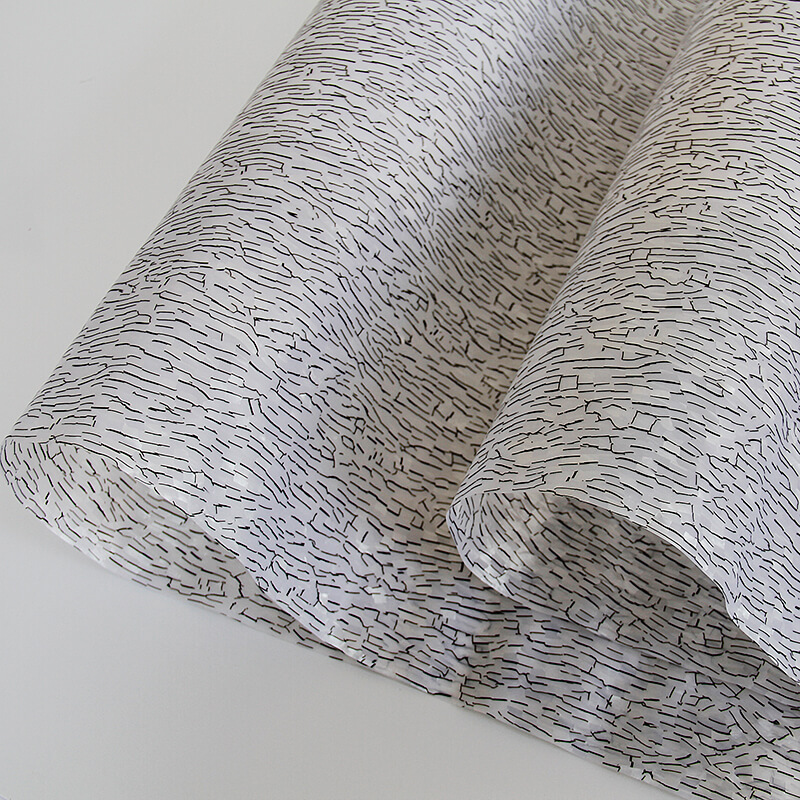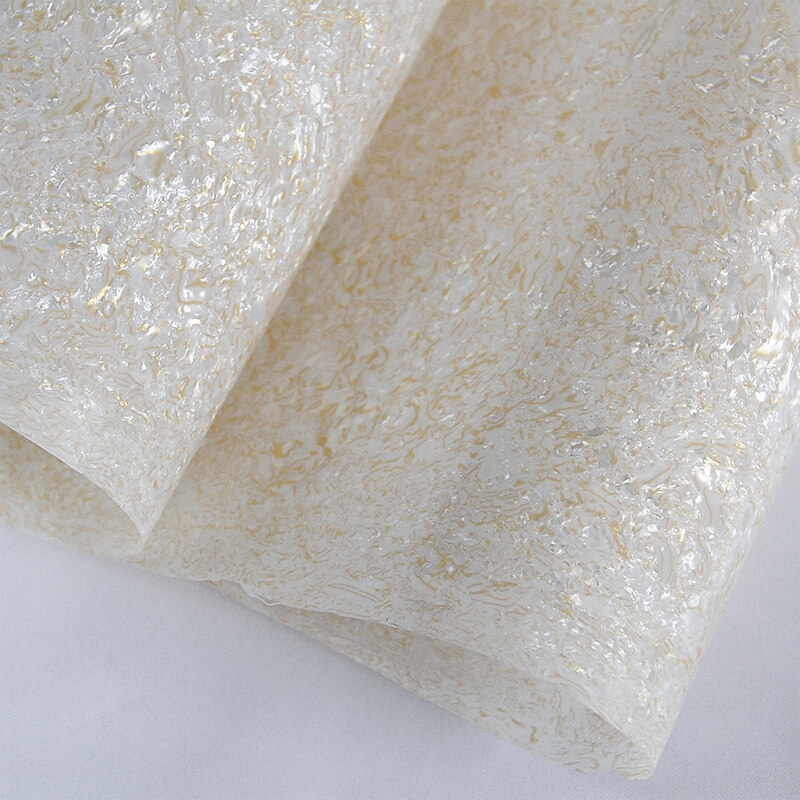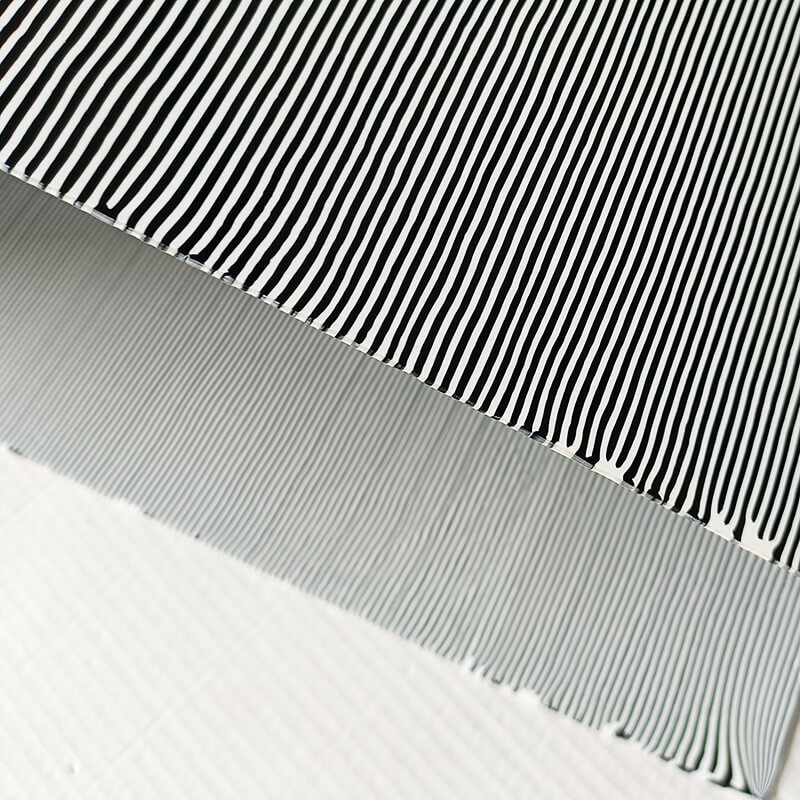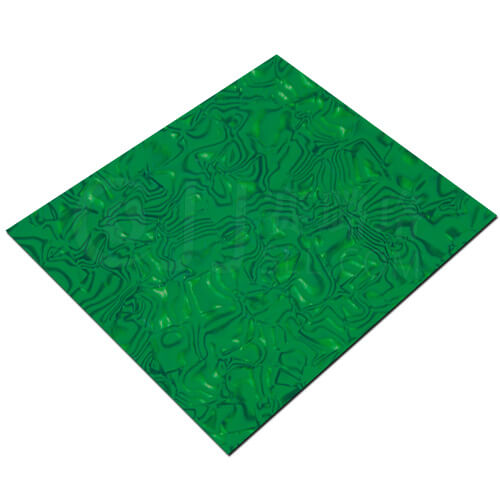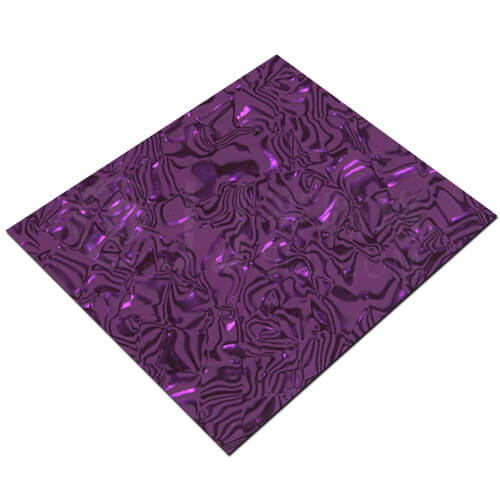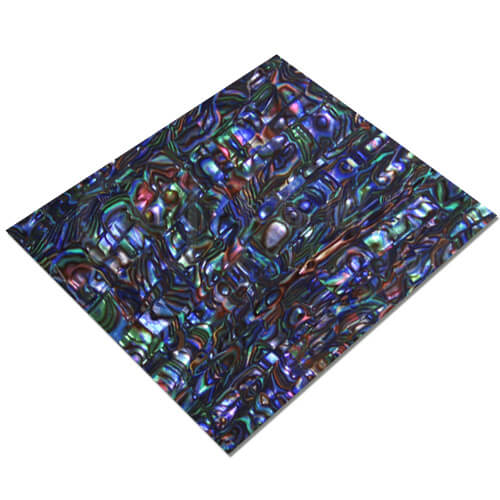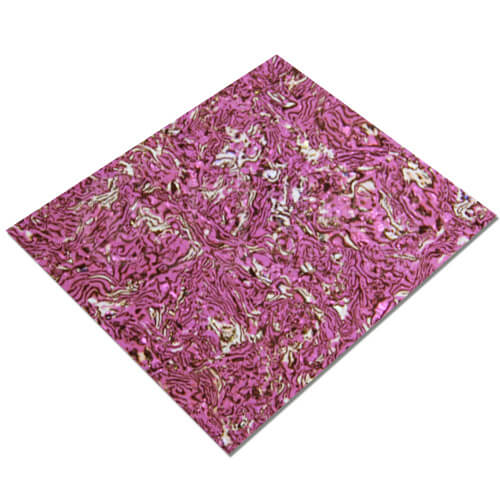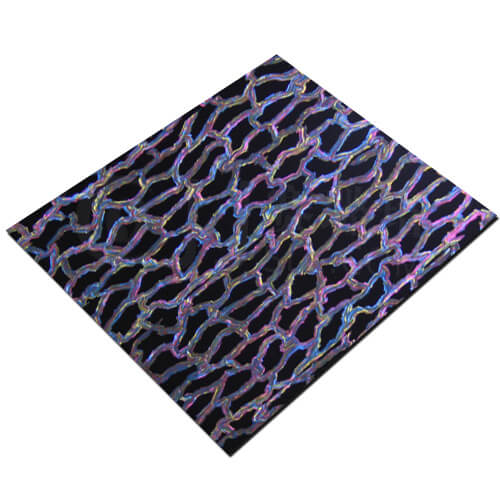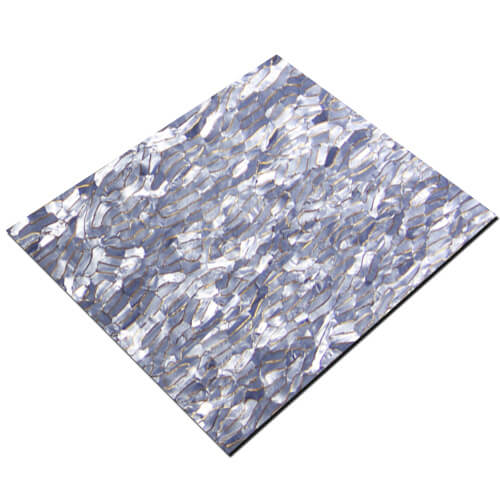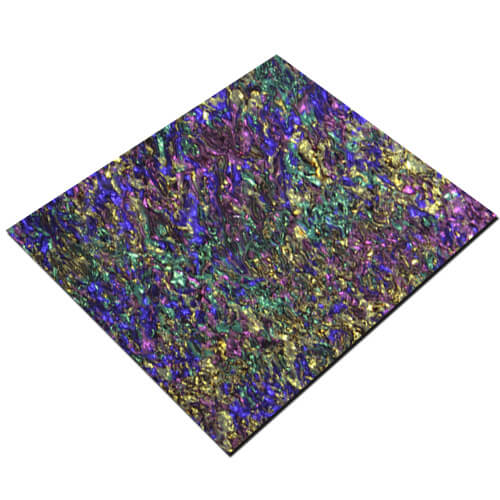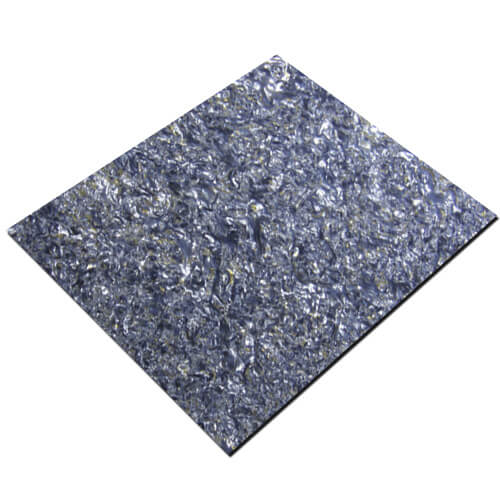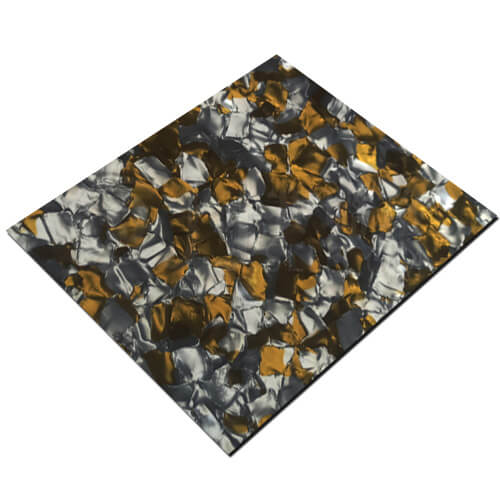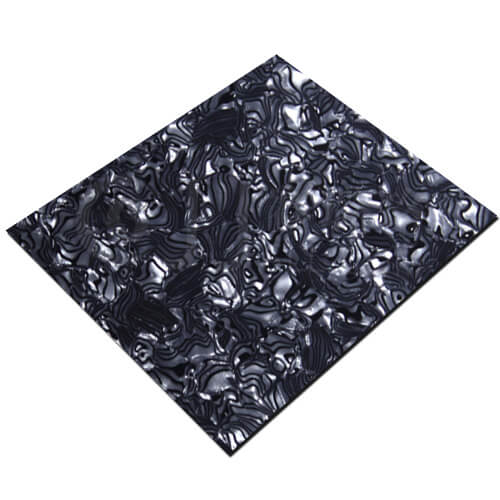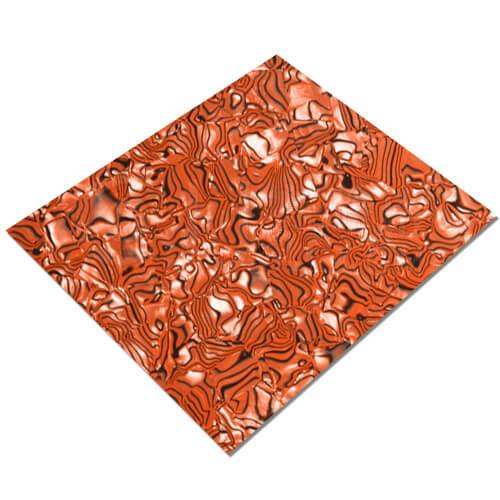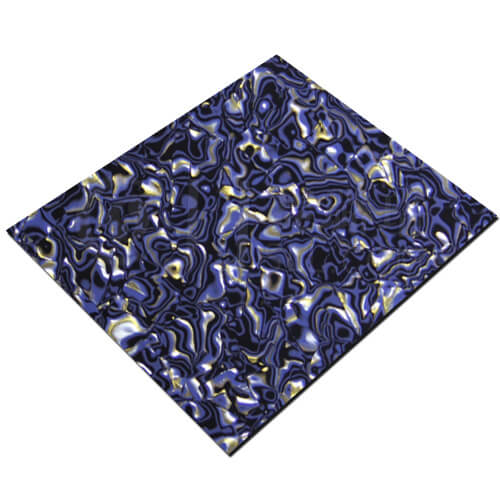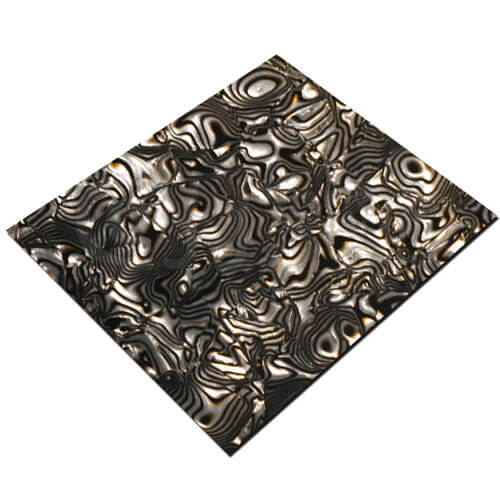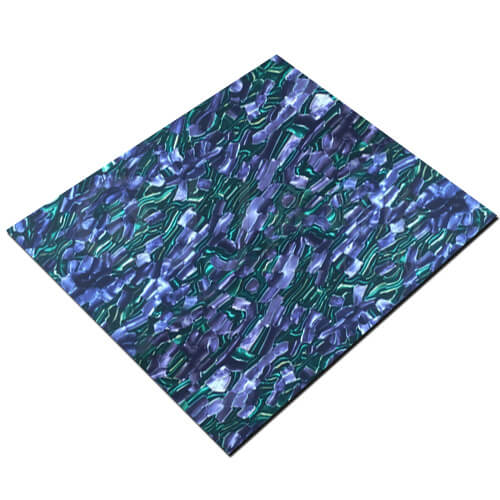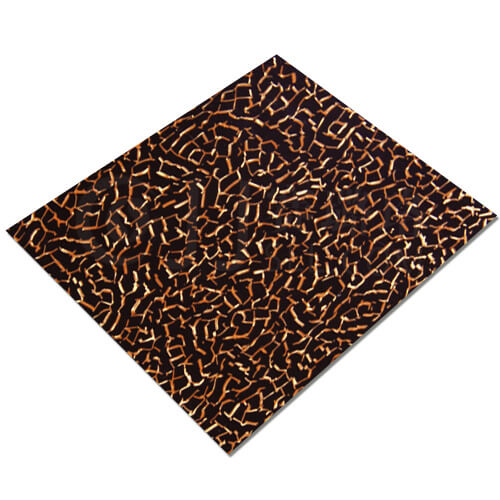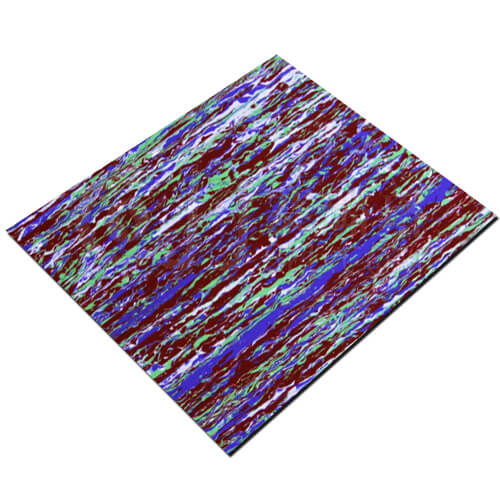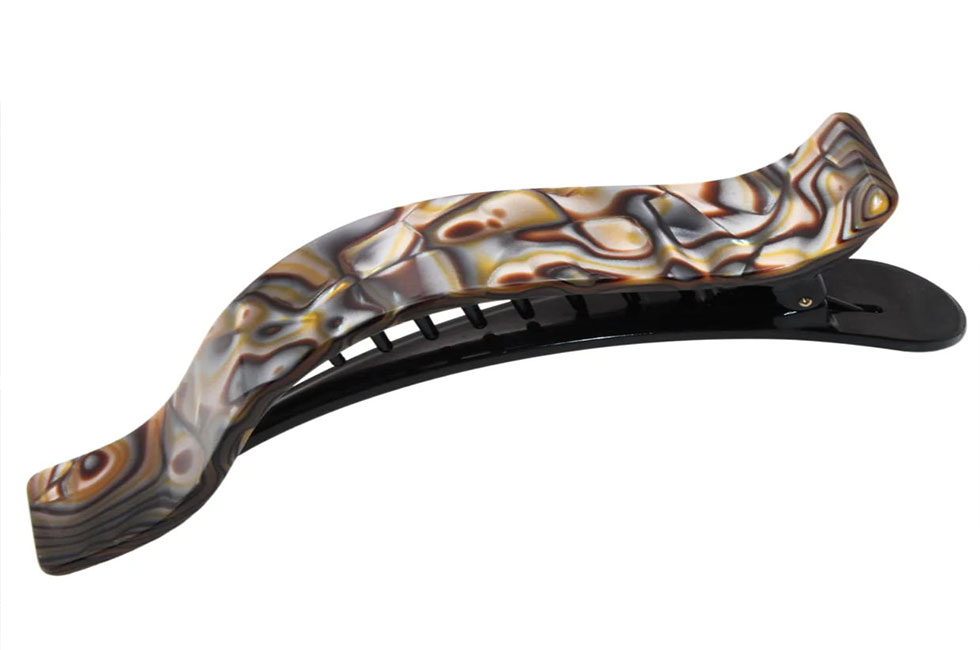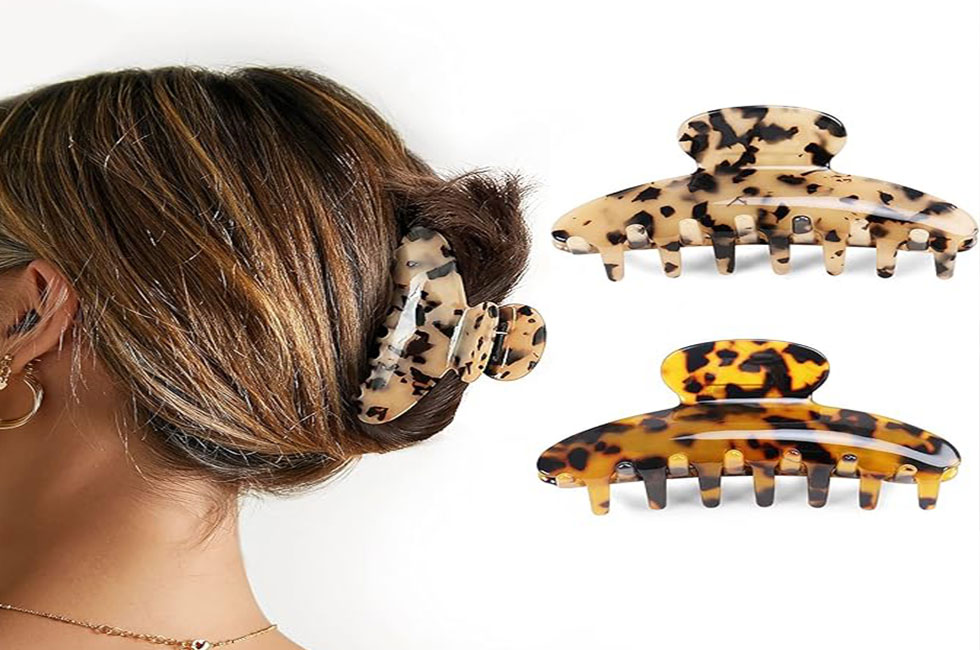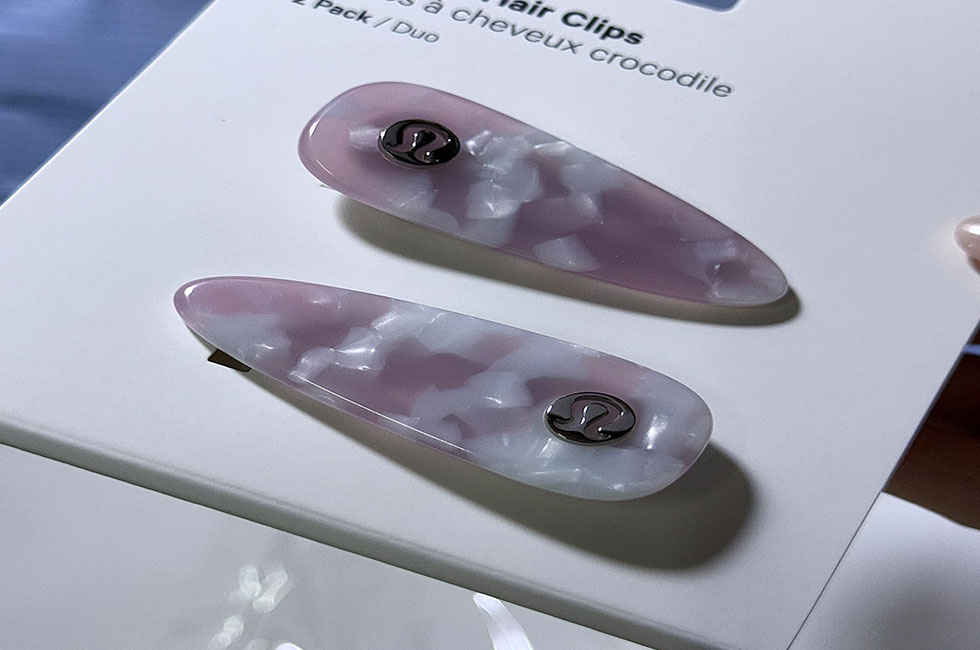Splicing Celluloid Sheet
What is Splicing Celluloid Sheet ?
Spliced celluloid Sheet refers to the process of combining two sheets of the same color and color through a splicing process to create a larger format or a specific structure. Its core characteristic is the combination of “single” and “double”—maintaining overall visual color consistency while also transcending the size limitations of a single sheet or achieving a specific design form.
Common Splicing Techniques
Similar to standard celluloid film splicing, double-splicing single-color films primarily relies on heat pressing or gluing. Since pattern alignment is unnecessary, the emphasis is on ensuring the smoothness and strength of the joint:
Hot Press Splicing: The edges of the two sheets are heated to their softening point (110-130°C), pressure is applied to fuse the edges, and cooling creates a single, glue-free joint. This technique is suitable for applications requiring high transparency and surface smoothness, such as instrument panels. Glue bonding: Use solvent-based glue compatible with celluloid (such as nitrocellulose glue), evenly apply it on the splicing edge and then press it together. It is suitable for thin films (thickness <0.1mm) or rapid processing in low temperature environments.
Features
- More flexible sizes.
- Richer designs.
- More stable performance.
- Moderate thickness.
- higher production efficiency.
Options
- Custom Sizes: 1600mm x 700mm, 1400mm x 700mm, 1500mm x 900mm, and other sizes are also available upon request.
- Thickness Customization: Thicknesses generally range from 0.17mm to 5.0mm, with different thicknesses suitable for different applications.
- Color and Pattern Customization: Customizable color combinations and floral patterns.
- Surface Texture Customization: Customizable surface textures, such as smooth or slightly matte.
- Shape Customization: Celluloid tortoiseshell floral film can be formed into a variety of shapes through cutting, heat bending, and other processes.
Application
Decorative applications: Monochrome cladding for large walls and tables, such as brown celluloid walls in cafes and white instrument housings in laboratories.
Industrial accessories: Applications requiring large-scale, monochrome protective films, such as wear-resistant panels for machinery and transparent baffles for display cabinets (double-clad transparent celluloid).
Crafts: Monochrome surfaces for musical instrument accessories (such as black guitar pickguards) and jewelry boxes. Double-clad applications achieve a larger size while maintaining a minimalist style.
Selection Tortoise Floral Celluloid Sheet Series
Main Parameter
Material: Celluloid (Nitrocellulose)
Thickness: 0.17mm to 5.0mm (selectable based on user needs)
Dimensions: 1600 x 700mm, 1400 x 700mm, 1500 x 900mm
Cause: Although two sheets of film are of the same color, there may be slight color differences between the two sheets (due to differences in production batches); uneven cutting edges during splicing, or excessive melting during heat pressing, resulting in a “glue line.”
Impact: This disrupts the overall consistency of the single color and reduces the aesthetic appeal of the decorative setting.
Cause: Celluloid contains cellulose nitrate. Long-term exposure to alternating heat and cold (such as large fluctuations in ambient temperature) increases its brittleness, making the splices susceptible to cracking due to stress concentration (especially at the fused edges of hot-press splices). Poor compatibility between the glue and the film material (such as using non-solvent-based glue) can lead to bond failure and delamination.
Impact: Structural integrity is compromised, potentially leading to further tearing, especially in stress-bearing environments (such as furniture panels).
Causes: Uneven temperature during hot-press splicing (localized overheating causing film shrinkage) and insufficient pressure; uneven adhesive thickness or incomplete curing during bonding.
Impact: Surface irregularities affect aesthetics and, in severe cases, can lead to cracking at the splice, reducing overall strength.

